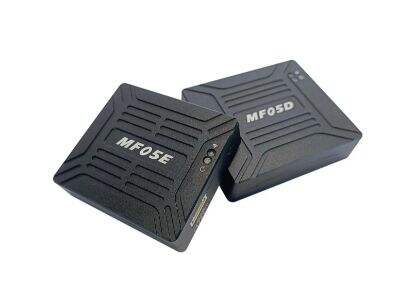Have you ever found a video you wanted to watch — but it just wouldn’t budge? Or maybe it did play but the picture was seriously out of focus and hard to tell? This is very annoying, isn't it? Okay, one possible reason this happens is due to something known as video codec. A video Codec that is kind of like a special language that your computer needs to understand the video that you want to watch You can think of it like a translator making sure your device can show you the video properly! But here's the catch: not all codecs are created equal! They can also differ from each other quite a bit. And that’s why we’re here to help you decide what video codec is right for your video stream.
How to Create Outstanding Video Content For Your Business?
Consider what you want: The first step to choosing the right codec If your video still looks nice at a low quality, do you want your final video to look nice and clear but take a lot longer to load? It may take a little longer to play back high-quality videos. Or do you want it to load quickly, even if that makes your video a little bit fuzzy? This is one of the options many have to choose. Various codecs have their pros and cons, so it is crucial to be clear about what you want to do before choosing one.
Looking at Popular Codecs
There are numerous codecs that exist, however, certain codec are implemented more than others due to a better optimization in comparison with others. Now, let's take some popular codecs like H.264, HEVC, VP9. H.264 is a common codec for streaming due to good quality and widespread device support. That are, you can watch videos with alomost no issues.
Finding the Right Balance
The choice of codec is, in part, about tradeoffs — how you balance quality of the video against compatibility with a range of devices. Some video codecs can look great, but not every device can play them. That’s a headache if you’re trying to watch a video on a tablet or smartphone. Other codecs may work on lots of devices but don’t look as good. Finding a codec that works perfectly on your preferred devices while providing you with the video quality you need is crucial.
Thinking About the Future
Finally, one really needs to be future when choosing a video codec. Technology evolves constantly, and you don’t want to choose a codec that’s going to be obsolete in just a few years. By going with a codec that many people use, and which is likely to remain as popular and widely supported, you'll ensure that you can continue to watch your favorite videos for eternity. This allows you to create an excellent video library that you can enjoy now without stressing about problems later on.

 EN
EN
 AR
AR CS
CS FR
FR DE
DE IT
IT RU
RU ES
ES ID
ID UK
UK TR
TR